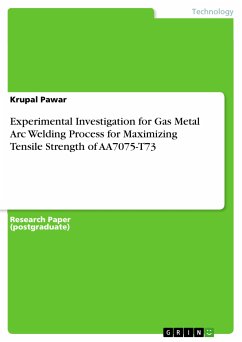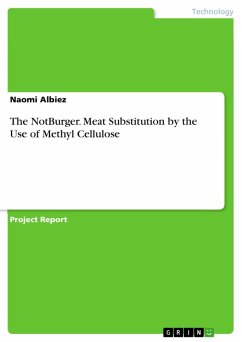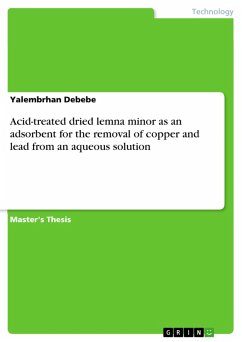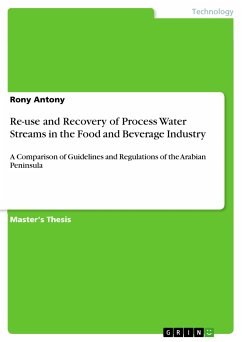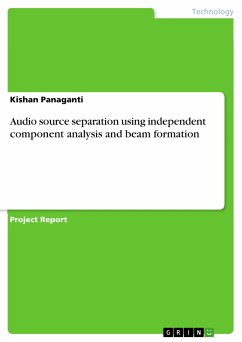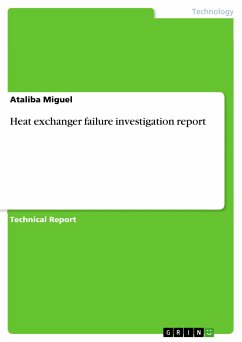Bachelor Thesis from the year 2017 in the subject Engineering - Power Engineering, grade: 1,7, Karlsruhe Institute of Technology (KIT) (Institute of Production Science (WBK)), course: Manufacturing Methods, language: English, abstract: This thesis, in the pursue of a systematical approach on the cause and effects in the Selective Laser Melting process, represents the most important tests and experiments performed up to date with a focus on process and quality optimization. Laser Beam Melting or also known with its more frequently used reference as Selective Laser Melting is a relatively new and promising 3d manufacturing technology capable of further improving the current mass production methods. Due to being new and not completely explored as a manufacturing method, it required a lot of work to overcome problems such as high process-related build-up rates while maintaining high product quality through high relative density and minimization of defects and irregularities within the structure of the fabricated parts. Solving such a major problem qualifies this new technology for adaptation into series production with exceptional product quality due to the nature of SLM. The work done so far is adequate and indicates that SLM has evolved through years of hard work from a number of researchers and scientists. Information on the studies and experiments conducted so far are vastly accessible, but a compilation of these for an overall and complete insight of the process was not available.
Dieser Download kann aus rechtlichen Gründen nur mit Rechnungsadresse in A, B, BG, CY, CZ, D, DK, EW, E, FIN, F, GR, HR, H, IRL, I, LT, L, LR, M, NL, PL, P, R, S, SLO, SK ausgeliefert werden.



